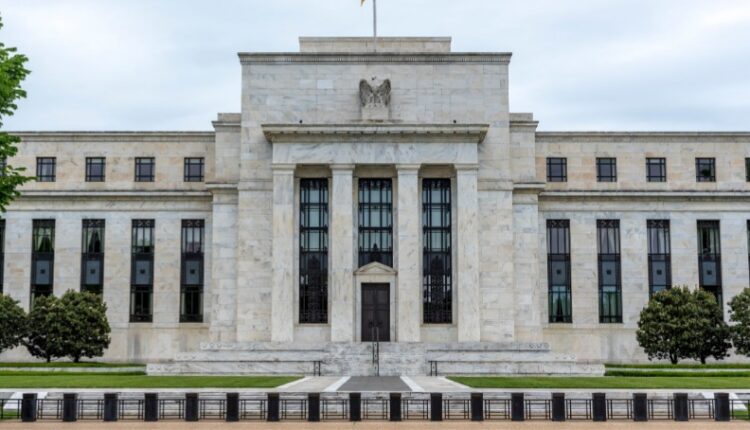
U.S. Inflation (CPI) Rate Slows More Than Predicted In March
The SPDR S&P 500 SPY is volatile Wednesday morning after the Labor Department reported a 5% year-over-year increase in the consumer price index (CPI) for March.
The headline CPI came in at 5% year-on-year in March, down from 6% in February, according to data the Labor Department reported on Tuesday. The closely watched inflation reading was below average economist estimates of 5.2%. This marked the lowest inflation print since May 2021.
On a month-over-month basis, CPI was up 0.1%, which was also lower than the estimates of 0.2%.
Core CPI, which excludes volatile food and energy prices, matched expectations on a year-over-year basis, rising 5.6%. On a month-over-month basis core inflation rose 0.4% also in line with estimates.
The Labor Department said energy prices were up 6.4% year-over-year, while food prices climbed 8.5%.
The March inflation report eased worries about a prolonged Fed rate hike cycle, as price pressures start to cool. However, core inflation remains high and this could keep the Fed maintaining elevated interest rates for an extended period of time.
Prior to the CPI release, the market was pricing in the Fed funds rate peaking in May and then dropping as low as 4.2% by January 2024.
Fed futures presently assign a likelihood of 75% of a 25-basis-point raise in May and a probability of 66% of rates being on hold in June, according to the latest CME Group Fedwatch.
Market reactions: Futures on the S&P 500 index edged up by 0.9%, while those on the Nasdaq 100 rose by 1%.
Yields on the 10-year Treasury Note eased to 3.55%, down 7 basis points, and the two-year yield reached 3.9%, down 11 basis points.
The U.S. dollar index weakened 0.6%, with the EUR/USD pair rising 0.6% to 1.0975.
Gold trended 1% higher as investors reevaluated the Fed’s rate path, with the bullion trading at $2,026/oz. Silver rose 2% to $25.57/oz.
__________
This article was originally published on Benzinga and appears here with permission.



